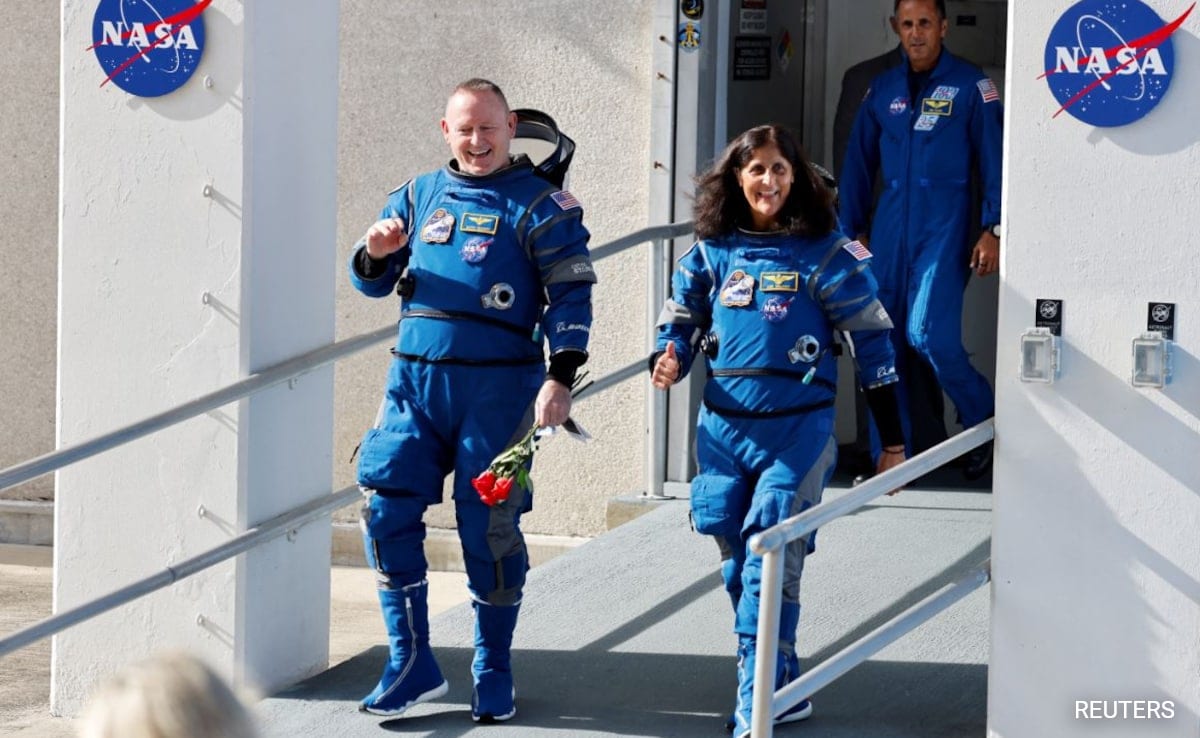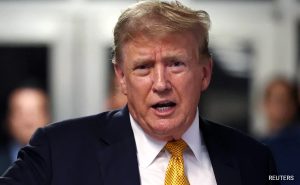2024-06-02 03:31:40

The countdown to launch had reached the final stages when the automatic abort was triggered.
New Delhi:
Boeing’s Starliner space capsule was set for its inaugural test flight with NASA astronauts, including Indian-origin Sunita Williams, on board. However, the launch was automatically halted mere minutes before liftoff due to a computer abort system, marking another indefinite delay for the project.
The countdown to launch had reached the final stages when the automatic abort was triggered by the ground system computer responsible for coordinating the last moments before liftoff. With just three minutes and 50 seconds left on the clock, the system issued a command that stopped the launch sequence. According to officials, the Starliner capsule itself appeared to be in good condition.
History Of Challenges
This latest postponement is part of a series of last-minute technical issues that teams had been working through. Initially, NASA and Boeing planned for a potential launch window today. However, NASA decided against it, stating that additional time was needed to assess the issue thoroughly. The next available windows are June 5 and June 6.
“We got really close today,” said Steve Stich, manager of NASA’s commercial crew program, as quoted by news agency Reuters. “I know it’s a little disappointing, we were all excited. This is kind of the way spaceflight is.”
Tory Bruno, CEO of United Launch Alliance (ULA), the joint venture between Boeing and Lockheed Martin that owns the Atlas V rocket, suggested that the issue could be a hardware malfunction or a network communication problem between the three computers managing the automated launch systems.
Boeing’s journey with the Starliner has been fraught with challenges. The first attempt to send an uncrewed Starliner to the ISS in 2019 failed due to software and engineering problems. A second attempt in 2022 succeeded, setting the stage for this first crewed test mission. Previous delays, including a faulty pressure valve and various engineering issues, have already pushed the timeline back significantly.
Boeing’s Hopes
NASA astronauts Barry “Butch” Wilmore and Sunita “Suni” Williams were strapped into their seats for several hours before the mission was halted. Technicians safely assisted them out of the capsule, and they were returned to quarantine to await the next launch attempt. This mission is critical for Boeing, as it aims to establish the Starliner as a reliable option for ferrying astronauts to the ISS and beyond, competing against SpaceX’s Crew Dragon missions.
The Starliner program, under a $4.2 billion contract with NASA, has seen its budget swell to around $4.5 billion due to various setbacks. For Boeing, success with the Starliner is crucial, not only for its space ventures but also to recover from crises in its commercial aeroplane manufacturing operations. NASA, on the other hand, views the Starliner as a key component of its strategy to diversify its astronaut transport options, which is crucial for its broader Artemis program aimed at returning humans to the Moon and eventually to Mars.
Once launched, the Starliner is expected to dock with the ISS approximately 24 hours later. The mission includes tasks such as testing manual control capabilities and evaluating the spacecraft’s performance as a potential safe haven. After about a week at the ISS, the astronauts will return to Earth, landing with the help of parachutes and airbags in the US Desert Southwest.
Sunita Williams,Sunita Williams space mission,Boeing Starliner
Source link
![]()



